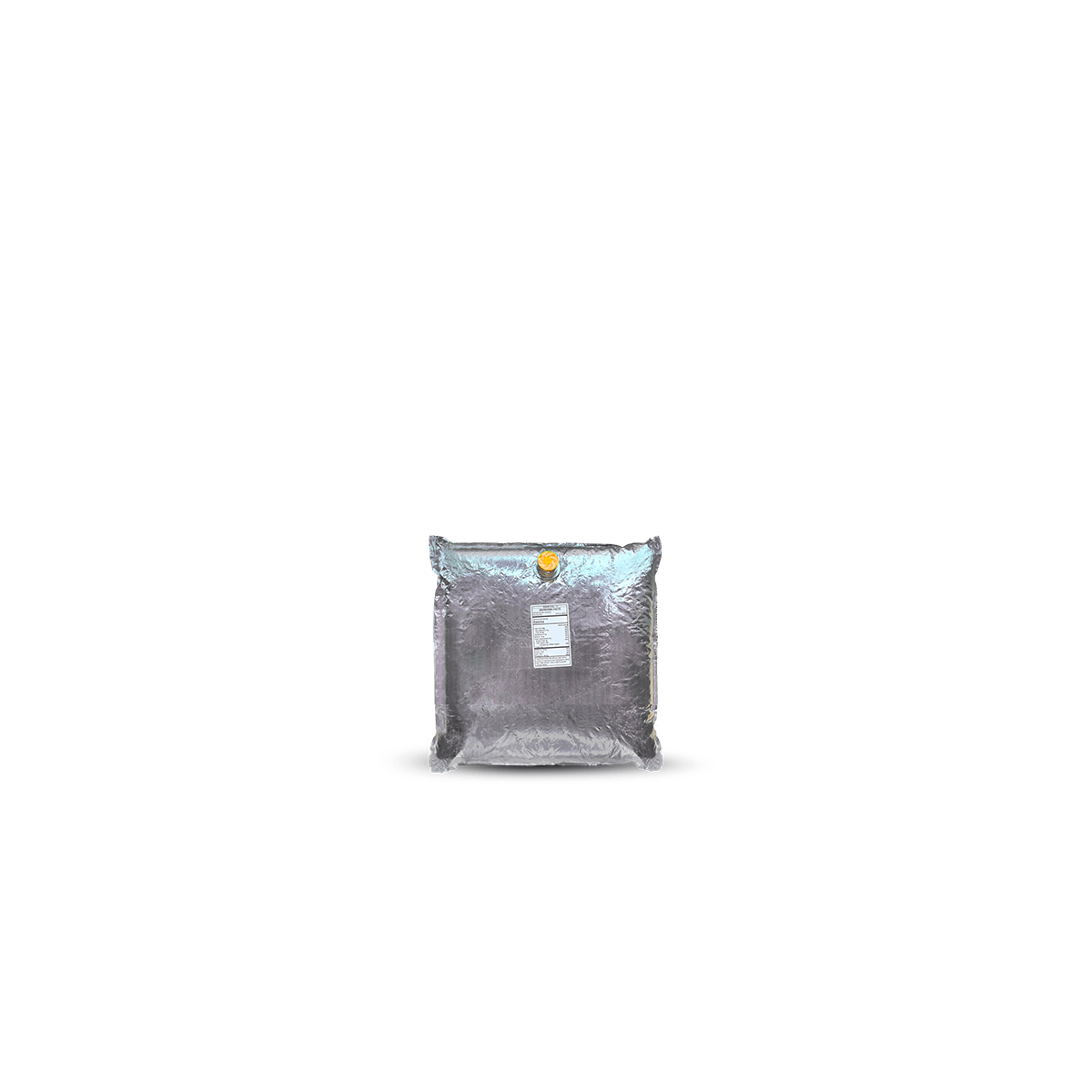When should fruit be added to barrel aged beer?
Whether it be a pineapple mixed-culture saison or a chocolate cherry bourbon barrel stout, Aseptic Fruit Purees can help compliment the flavors of an already great beer. Once the beer, fruit, and barrel is chosen, the next biggest question would be when is the best time to add the fruit puree.
Mash and Boil
Typically, adding fruit to the mash or boil of a beer that will be barrel aged is not done. Generally, due to the longer aging process associated with barrels, much of the fruit character will be lost over time. There are a few exceptions. The oils in citrus fruits tend to hold up better over time. Also, depending on the usage, citrus can also help lower pH which can be beneficial to aging sour beers. Many brewers may also use fruit in the boil if they are worried about cleanliness and infection of wild yeast/bacteria. Obviously, this is not a concern if using Aseptic Fruit Puree.
Primary Fermentation
Similar to adding fruit in the mash and boil, the addition of fruit during primary fermentation in a barrel aged beer may not be that beneficial. Depending on how long the beer is aged, the aromas and flavors of the fruit will be lost over time. Even as little as 3-4 months in a barrel, most of the fruit character can be lost.
In the Barrel
From a traditional standpoint, this is the way to go, especially if making a mixed fermentation beer. When adding fruit to a barrel, there are a couple different methods to use. The first method is to pour your Aseptic Fruit Puree into the barrel. Rack the beer onto it. And let it ferment and age on top of the fruit. When doing this, you may get some astringency, but different flavors will emerge as the beer sits on the fruit solids for an extended period of time. Just note that in doing this, the more delicate flavors may age out of the beer. For certain styles, this is the method of choice. For example, kreik style ales may age on cherries in the barrel for up to a full year.
The second method is to let the beer age, then in the last 1-2 months, pour in your Aseptic Fruit Puree. This works well for mixed fermentation beers. It could take well over a year for the flavors of Brettanomyces or other wild strains to develop. Adding the fruit after this maturation will ensure that the wild character is there as well as not losing any of the freshness from the fruit. Styles such as the framboise often utilize a method similar to this. If using this approach, make sure there is going to be enough room to add the fruit. Typically, the barrels are already full.
One disadvantage to putting fruit directly into a barrel is the amount of solids that remain in the barrel. Depending on the style of beer, and type of fruit, this can lead to off-flavors if left too long. Due to the amount of fruit left in the barrels, often times brewers will not want to reuse these barrels. Although they can be emptied and rinsed out, many do not want to deal with the hassle. Luckily, with Aseptic Fruit Purees, there are no large chunks of skin, rind, pits, and seeds. This definitely makes it easier if this process is used.
Another disadvantage to adding fruit to the barrel is that refermentation is going to happen. Without the proper headspace, there is going to be plenty of blowoff and the loss of some beer. Plus, it can make a huge mess.
After Barrel Aging
In order to get the most out of your fruit, adding your puree after aging and maturing is best. The flavors tend to be the brightest when using this method. Typically, the fruit and beer are transferred to a new vessel. Here, the beer has time to referment the added Aseptic Fruit Puree. Depending on the beer and how long it was aged, new yeast may need to be added. Champagne yeasts and Cask Conditioning yeasts are great choices when doing this. With the fruit being freshly fermented and little to no aging has occurred, very little of the flavors and aromas are lost in this process.
Along the same lines, the fruit can be fermented on its own. Or as a separate heavily fruited beer. This can then be blended with the barrel aged beer. This technique is great if you do not know the proper dosing rates that you would like to use. This is also great if trying to blend down the barrel or spirit character a bit.
Conclusion
In the end, its completely up to the brewer and style of beer. It will also depend on the type of fruit, and what the intended character out of the fruit the brewer wants. And although choosing one of these methods may be great. Utilizing fruit at multiple points may be the key to a perfectly executed barrel aged beer.






